html
Navigating the Shifting Tides of Global Trade
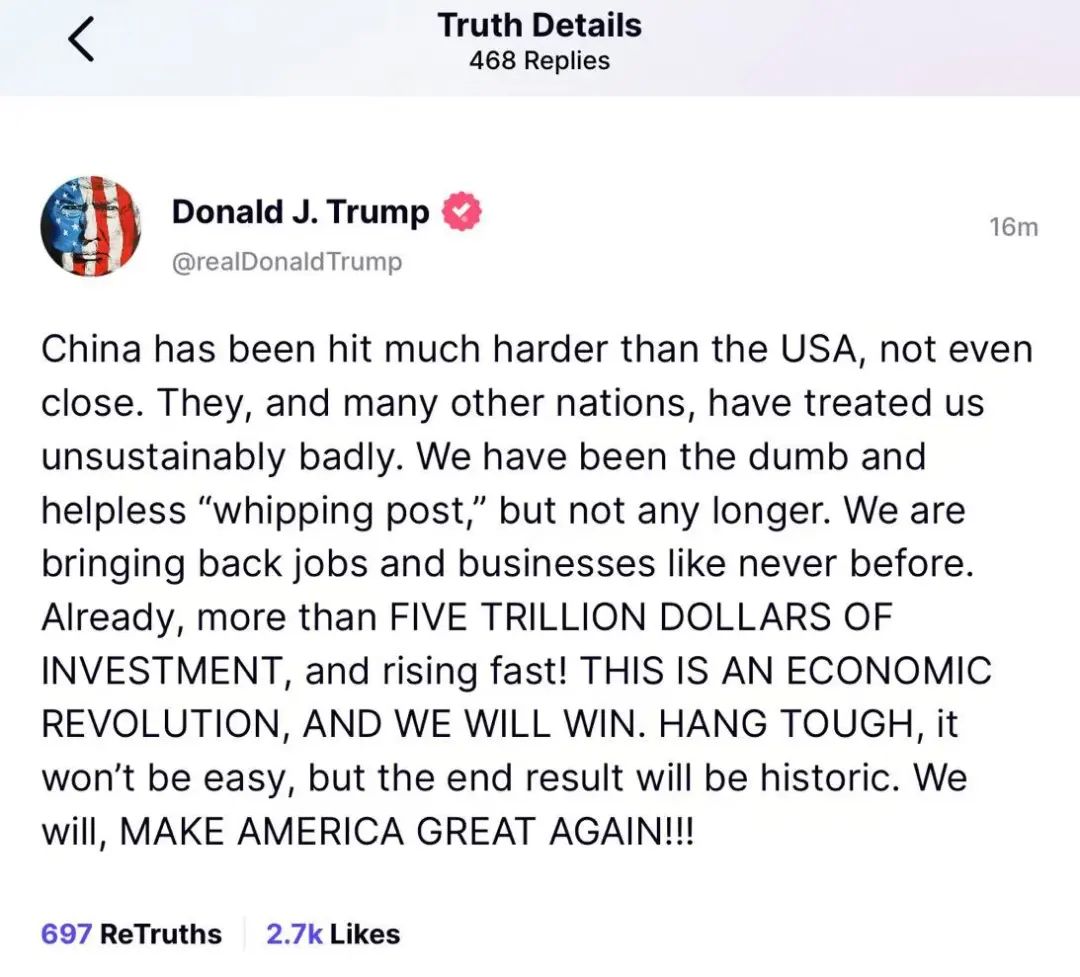
The latest developments in international trade frictions have captured the world’s attention, with the United States’ recent tariff policies and subsequent global reactions serving as a critical lens through which to examine the evolving landscape of international economics and trade. This article breaks down the complexities of the current situation in an accessible manner, ensuring you stay informed and engaged.
1. Background to the Implementation of US Tariff Policies
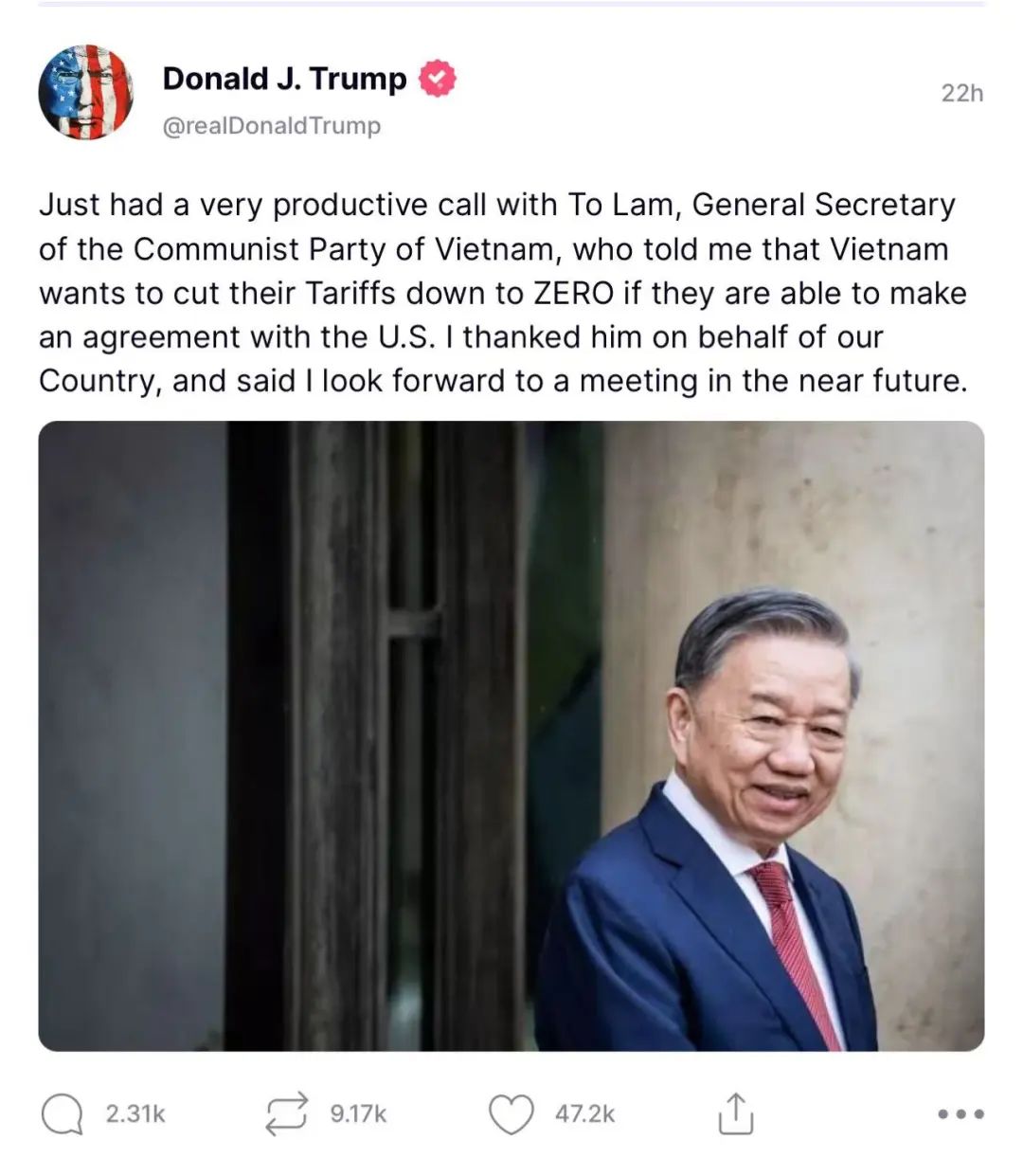
1.1 Trump’s Tough Stance
Former US President Trump frequently voiced his opinions via social media, asserting that “China has been hit much harder than the United States.” His administration labeled this tariff escalation as an “epic tariff war,” aiming to portray the US in a position of dominance.
1.2 The Deeper Motives Behind the Policy Implementation
Analysts highlight multiple US objectives:
- Reshaping the global industrial chain layout
- Redirecting domestic economic conflict foci
- Generating election momentum and political leverage
2. Analysis of the International Community’s Response
2.1 China’s Swift Countermeasures

China’s rapid response included 11 targeted measures within 24 hours, triggering significant US stock market volatility:
- S&P 500 index dropped 5.2% in a single day
- Nasdaq fell 20% from its yearly high
- Dow Jones experienced its largest one-day loss in two years
2.2 The EU’s Response Strategy
French President Emmanuel Macron advocated for:
- A moratorium on European companies’ US investment plans
- Maintaining EU collective action
2.3 The Position of Other Economies
Global reactions varied:
- Vietnam: Open to negotiations but no specific tariff acceptance
- India: Seeking compromise amid economic pressures
- Japan and South Korea: Adopting moderate stances to buy time
3. Internal Contradictions in US Policy
3.1 Signs of Division Within the Government Team
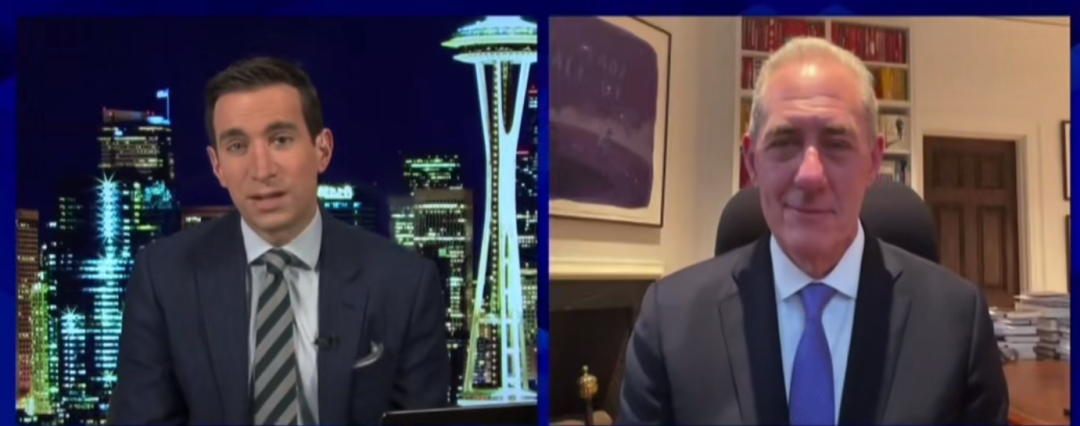
US media revealed disagreements among key officials:
- Treasury Secretary’s objections to tariff calculations
- Division within the Office of the Trade Representative
- Commerce Department concerns over policy sustainability
3.2 Chain Reaction at the Market Level
US tech stocks faced dual challenges:
- Rising market value bubble risks
- Increasing supply chain costs
- Declining investor confidence
3.3 The Complex Situation of Political Games
Mid-term election dynamics included:
- Democratic Party plans to capitalize on economic fluctuations
- Republican Party internal policy doubts
- Growing lobbyist pressure on Congress
4. Trends in the Global Trading System
4.1 Major Challenges to Existing Rules

WTO data highlighted significant shifts:
- Over $2 trillion in goods affected by tariffs globally
- 40% extension in average cross-border investment approval cycles
- 65% year-on-year increase in regional trade agreements
4.2 Practical Options for Companies
Multinationals adjusted strategies through:
- Diversified production bases
- Increased local procurement
- Supply chain digitalization
4.3 Opportunities for Emerging Economies
Industrial transfer trends emerged:
- 12% increase in Mexico’s automotive production capacity
- 28% rise in Southeast Asian electronics investments
- Doubling of Eastern European machinery manufacturing orders
5. Key Observations for Future Development
5.1 Results of the US Midterm Elections
November elections will shape:
- Tariff policy continuity
- Congressional legislative direction adjustments
- Federal budget allocation foci
5.2 Coordination Mechanisms of Major Economies
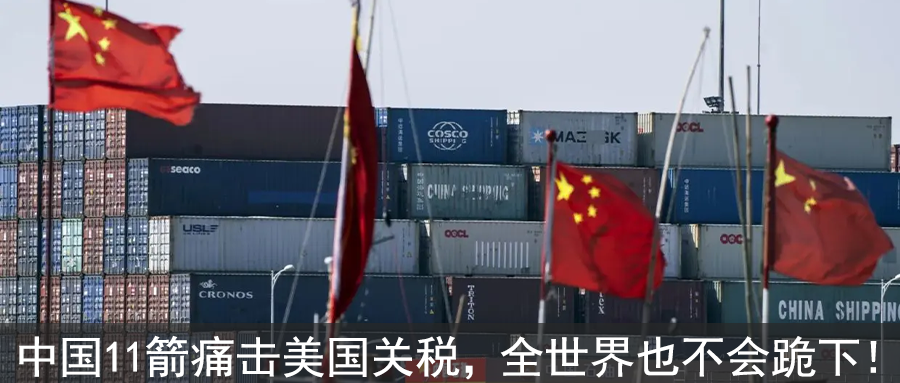
G20 framework focuses on:
- Joint statement wording changes
- Energy and food security cooperation
- Digital currency regulation dialogue
5.3 Reform Process of International Organizations
WTO reform priorities include:
- Dispute settlement mechanism resumption
- Digital trade rule formulation
- Developing country treatment adjustments
Conclusion
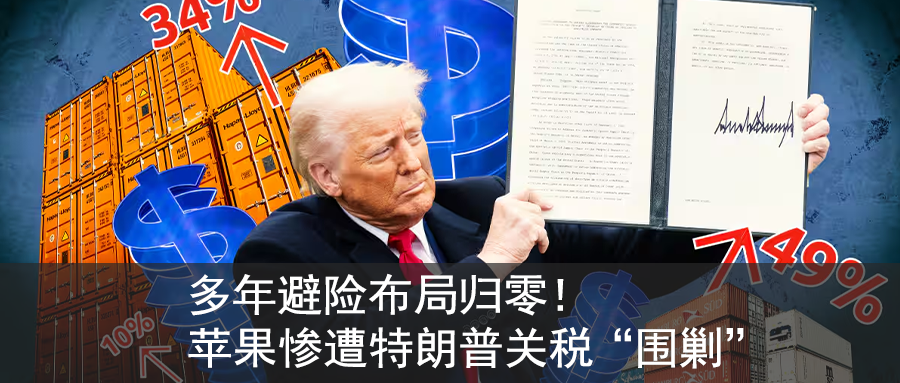
The international trade landscape is undergoing profound transformations. Both businesses and policymakers must develop agile response mechanisms. Understanding the economic principles behind policies and monitoring quantifiable market data will be crucial for seizing development opportunities. Stay tuned for our ongoing in-depth analysis to keep abreast of the latest trends.
Additional Information
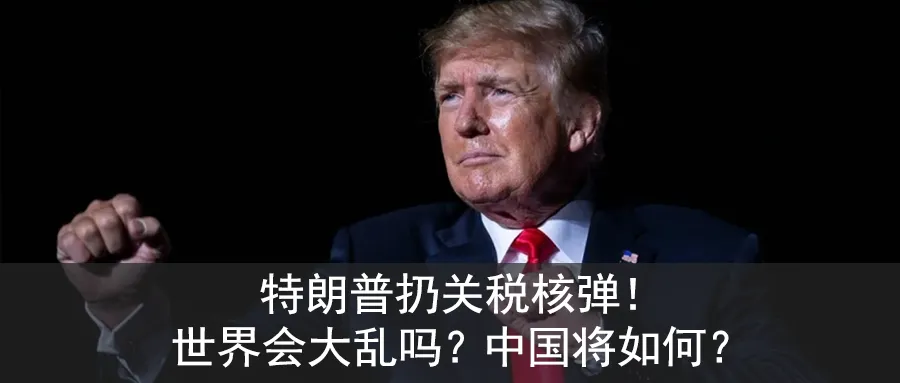
To enhance comprehension:
- All dollar figures are converted at current exchange rates
- Stock market data sourced from official NYSE statistics
- Industrial transfer data derived from UNCTAD reports
